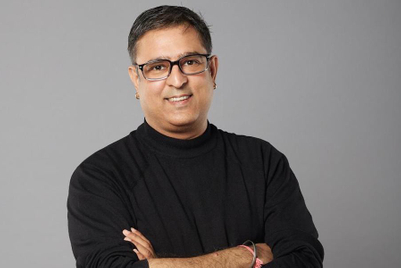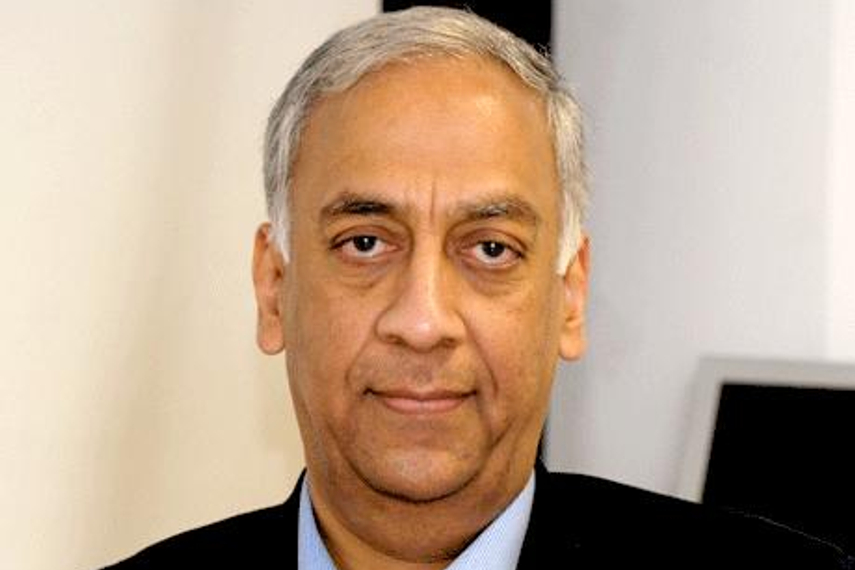
If you have been professionally engaged with the news media from both within and without, it’s hard, at this time, to resist commenting on their performance during the two-week Lokpal agitation.
In the newspapers, the agitation was, understandably, the focus of the news, even if sometimes to the exclusion of what may otherwise have been front-page material.
Data for the specific period is not available but it is highly unlikely that readership and circulation were affected, since newspapers are sold almost entirely on subscription. In any case, given the relative stability of readership and six-monthly measurement, we will never know how readers responded. And as for advertising, it was business as usual.
TV is a different animal altogether. Competitors keep an eye on each other and try to frantically outdo each other minute-to-minute, and the scorecard is out every week.
As the agitation progressed so did its share of airtime, even if there was often not much to report. It was not a situation that was unfolding rapidly, but 24X7 news is a voracious beast so you have to keep it fed, even if like this:
Anchor: “The meeting is over, and Team Anna has headed back to Ramlila Ground, to report back to Anna Hazare and consult him on next steps. Let’s go across to our reporter Mukul Bhatia, who is at Ground Zero. Mukul, what is the latest from Ramlila Ground?”
Reporter: “Thank you, Neha. Yes, the atmosphere here is very charged. Team Anna represented by Kiran Bedi, Arvind Kejriwal and Prashant Bhushan has returned from its meeting with the Government. They have reached Ramlila Ground, and are now reporting back to Anna Hazare and consulting him on the next course of action. Our Political Editor Rahul Devdas has the inside story. Let’s ask him for an update. Rahul, what can you tell us?”
Political Editor: Thank you, Mukul. Yes, that’s right. Team Anna has had a meeting with the Government. Team Anna was represented by Kiran Bedi, Arvind Kejriwal and Prashant Bhushan. We don’t know yet exactly what transpired at the meeting, but what we do know is that they are now back at Ramlila Ground, where even as we speak they are reporting back to Anna Hazare and consulting him on the way forward. Mukul…”
And so the day and the night wore on: agitated anchors wagging fingers at anyone in authority they could get in front of a camera; the same tired faces going over the same tired arguments, now on this channel, now on that; reporters filling time; and occasionally some real development worth reporting and discussing. TAM’s News Content Track reports that on English and Hindi news channels the agitation took 83% of broadcast time in the second week.
At the end of the first week, I remarked to the top Editor of a news channel that all of them were allowing no debate or discussion, just whipping up a frenzy. He said, “In the beginning we were all fairly even handed. Then we realized this was where the audiences lay.”
He was right. As the agitation helpfully started on a Monday and ended on a Saturday, we have a neat two weeks (34 and 35) of TAM data. Viewership of both English and Hindi news doubled from Week 33 (pre-agitation) to Week 34, and sustained in Week 35. The only other language in which news viewership grew was Marathi, by nearly 90% in Week 34.
Viewership in Telugu grew by 6% and 7% in those two weeks, but that was after 10% growth in the pre-agitation week, so doesn’t seem related to the events of those weeks; and it actually declined in Tamil, Malayalam, Kannada, Bengali and Gujarati. Whatever people in these areas were doing to keep up with the agitation, they were certainly not doing so on TV.
Meanwhile, advertising secondage in English and Hindi sustained in Week 34. Data for Week 35 is not available at the time of writing, but one news CEO confirmed what we saw, that they carried no ads in the second week. So while viewership doubled, revenue crashed.
That’s the paradox of news TV: when news viewership is at its highest is the time when broadcasters earn no money. It is true that bad news sells. But while newspapers can happily carry ads in the midst of natural disasters, civil strife and war, it seems distasteful on TV to suddenly, in the midst of a distressing story, start talking about beautiful hair.
The frenetic, high-pitched tone typical of news channels in India is a business necessity. It’s a bazaar out there. You have to shout and put on an act to get passing customers to stop at your stall instead of at your neighbour’s.
The problem lies in the advertising-dependent business model. In the corrupt distribution system of TV, the household pays the cable operator, but the broadcaster doesn’t get the money – or at best what the broadcaster does get is only a small fraction of what it pays to the cable operator. This is the only business in which you pay for shelf space and provide the goods for free, and the shop owner earns from both you and your customer.
At a fundamental level that is the problem of all media in India: that people don’t pay for content. Leading newspapers are accused of the same thing that news TV is, of sensationalizing and trivializing the news. But they are leading because we buy them, and we buy them because of what they carry, much as we sanctimoniously criticize it. And because they sell more, they get more ads, and that is how they make money: the three rupees we pay don’t cover even the cost of the forty pages of newsprint we get.
So if they have to be in business, they have to get ads; if they have to get ads, they have to chase eyeballs; and if they have to chase eyeballs, they have to do what gets the eyeballs. And until consumers pay for content or advertisers pay for quality rather than only quantity, that’s how it is going to be.


.jpg&h=334&w=500&q=100&v=20250320&c=1)
.jpg&h=334&w=500&q=100&v=20250320&c=1)

.jpg&h=334&w=500&q=100&v=20250320&c=1)


.jpg&h=334&w=500&q=100&v=20250320&c=1)


.jpg&h=334&w=500&q=100&v=20250320&c=1)
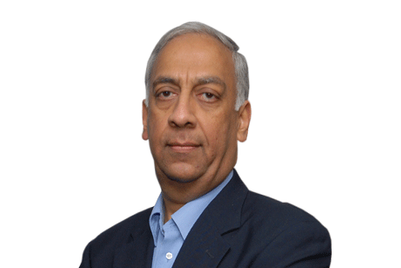
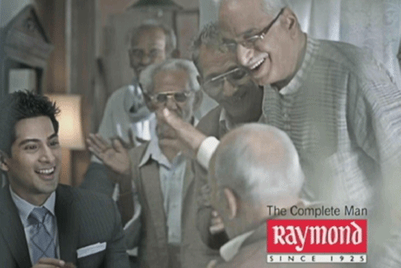
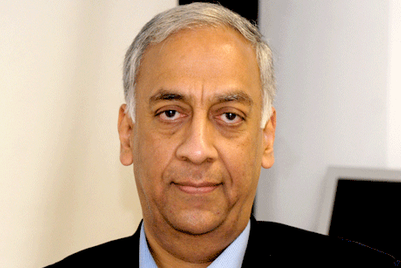
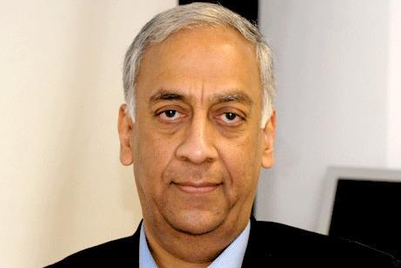
.jpg&h=268&w=401&q=100&v=20250320&c=1)
